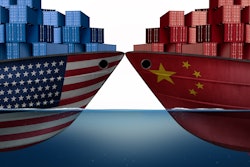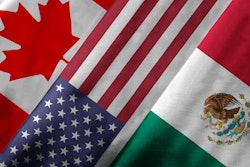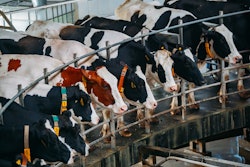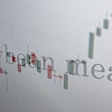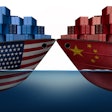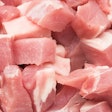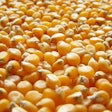
The potential imposition of 25% U.S. tariffs on EU exports threatens to disrupt food and agriculture trade flows significantly. With the EU having a substantial trade surplus with the U.S., these tariffs could impact multiple food and agricultural sectors, particularly agricultural machinery and processed consumer foods, according to a recent RaboResearch report.
Companies are urged to prepare for possible changes by considering strategic responses. Tariffs could alter trade dynamics not only between the U.S. and EU but also globally, shaking up trade flows with other countries.
EU-US agricultural trade dynamics
The EU is largely self-sufficient in agricultural products, exporting relatively small surpluses globally, with a significant portion destined for the U.S. However, the EU relies heavily on imports for soy and soy products, primarily sourced from the U.S. and Brazil. The EU enjoys a substantial trade surplus with the U.S. in food and agriculture, exporting EUR38 billion (US$39.57 billion) worth of products in 2024, compared with EUR14 billion in imports from the U.S. This surplus is driven by the export of high-value products like essential oils, wine, olive oil and dairy, while the U.S. exports lower-value commodities.
“From the EU’s point of view, the U.S. is a major trade partner, mainly serving as an important export market rather than a supplier. From the U.S. perspective, the EU is more significant as a supplier than as an export destination. The U.S. market is more crucial to EU food and agriculture companies than the EU market is to U.S. companies,” said Barend Bekamp, senior specialist, food and agriculture for RaboResearch.
Impact of tariffs on EU food and agriculture
The sectors most vulnerable to U.S. tariffs are those with a significant U.S. market share and high price elasticity of demand. RaboResearch’s assessment indicates:
- High impact: The agricultural machinery sector is expected to be hit the hardest due to the strong U.S. machinery industry offering alternatives. U.S. farmers, facing tight margins, may opt for domestic products over EU imports subject to tariffs.
- Medium impact: Processed consumer food products, including beverages, pasta and dairy, might experience a medium impact. The variation in impact depends on the price elasticity of demand within these sectors.
- Low impact: Sectors like animal protein, fertilizers and sugar, where the U.S. is not a major market, are likely to see minimal impact. Products with low price elasticity can absorb tariff costs through higher prices.
Strategic responses for EU companies
“In response to potential tariffs, EU companies can consider several strategies,” Bekamp said.
Options include maintaining prices and shifting costs to U.S. importers, reducing prices to remain competitive, withdrawing from the U.S. market, redesigning supply chains to bypass tariffs, or investing in U.S.-based production. The best option for a given company depends on several factors, including the price demand elasticity of its products and its international footprint.
“Tariffs threaten not only the trade relationship between the EU and the U.S.,” Bekamp said. “Canada, Mexico and Brazil also face U.S.-imposed tariffs and are likely to retaliate. This could result in a complex web of regional and sectoral interactions that significantly transform global trade dynamics.”




